ASL: "if"
IF = SUPPOSE:
This version of "if" can mean "suppose" or "what if?"
Tap the pinkie on your upper cheek twice. Do not brush it. Do not bend
it. Just move it to your face, out, and back to your face again.
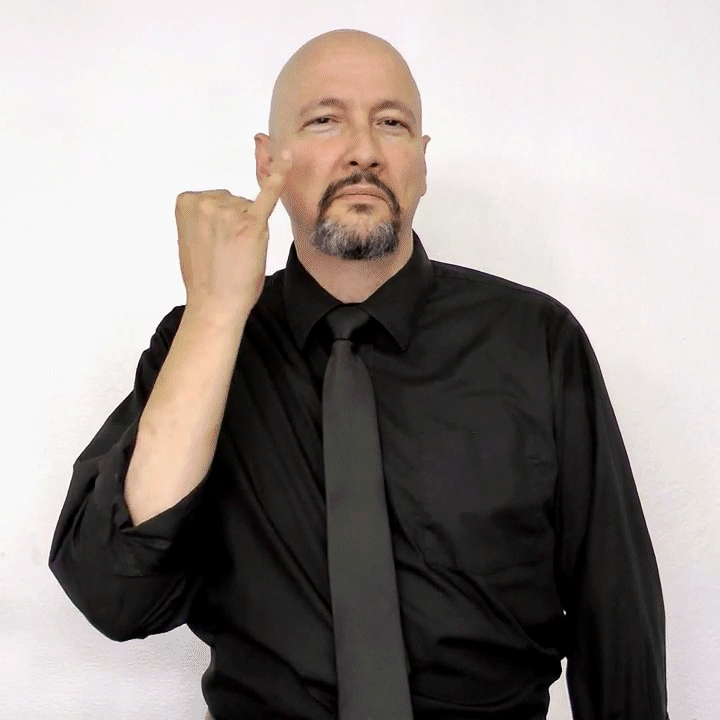
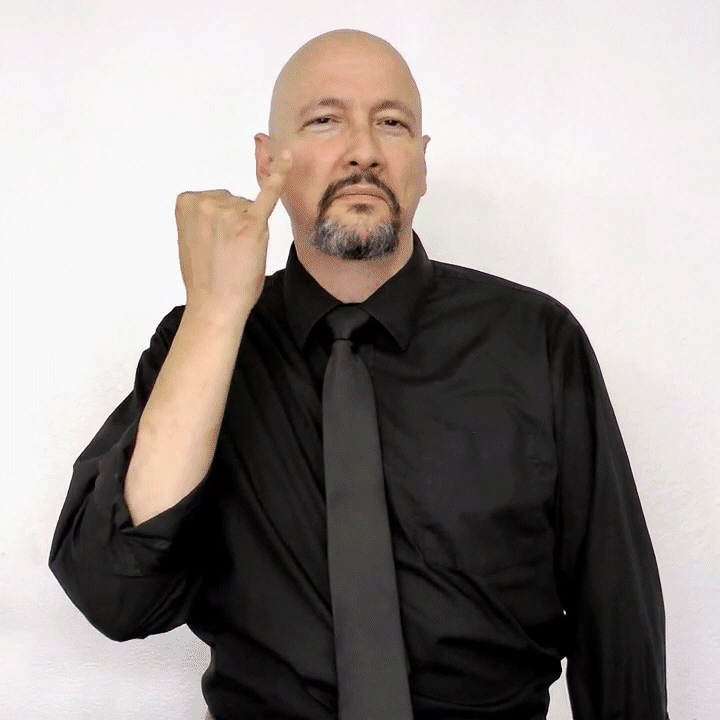
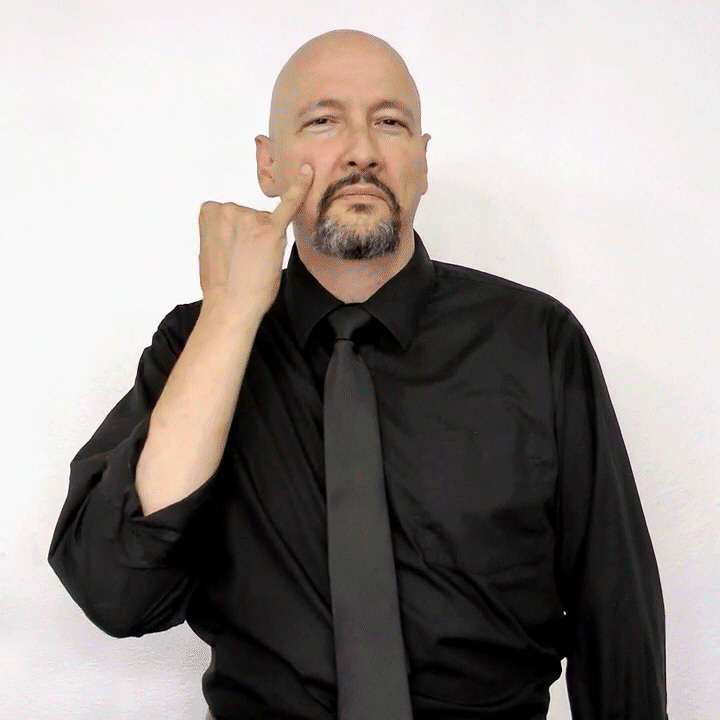
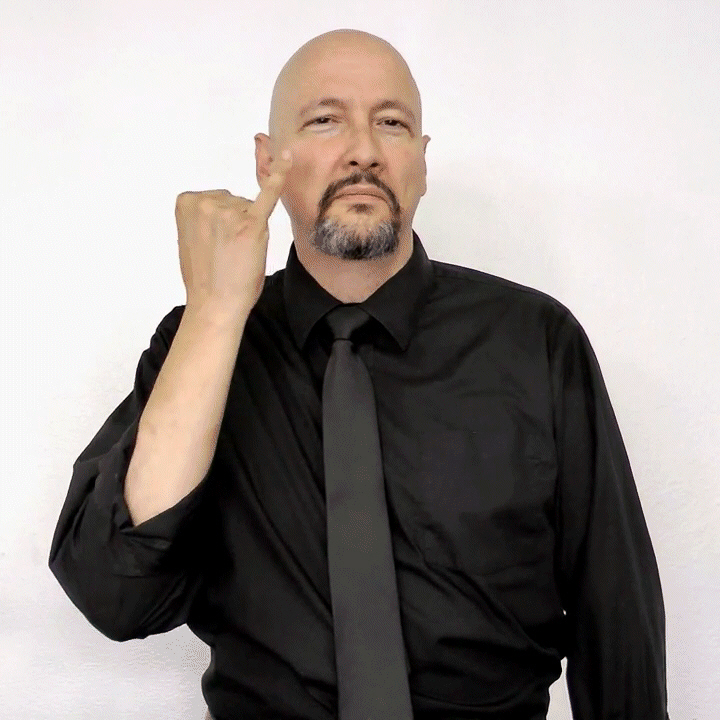
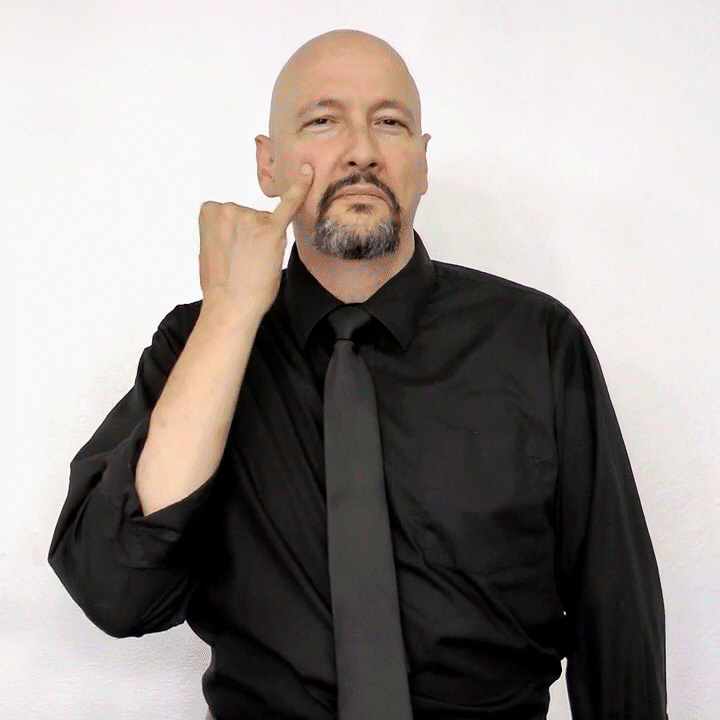
If you furrow your eyebrows a bit and tilt your head a bit while signing
"IF/SUPPOSE" it changes the meaning to "What if...?"
"WHAT-IF?"

Lexicalized version of "IF"
written (glossed) as "#IF"
This version is very common when proposing "if then" options.
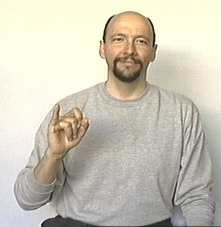
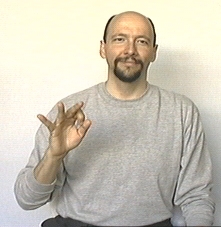
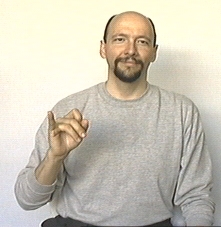
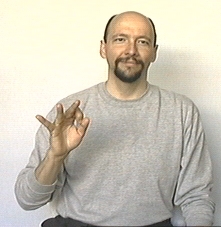
Legacy version of "IF"
There is a version of "IF" that is related to concepts as:
court, judge, trial:
IF / COURT / JUDGE / TRIAL:
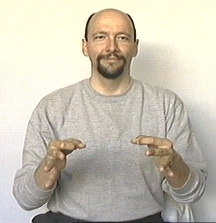
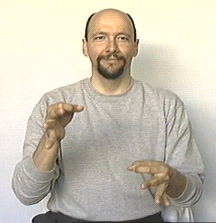
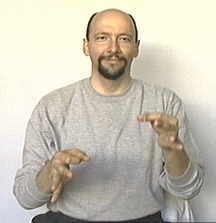
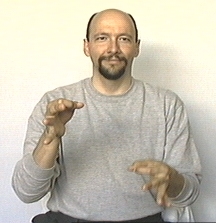
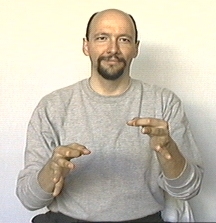
See: TRIAL
While it is still good to know this sign for discussing "trials" and "court"
type situations it is becoming more and more rare these days to see the "F"
hand version of "IF" used to mean "if." (Instead most people just sign
the "SUPPOSE" version and/or use the fingerspelled version.
There is no strong reason for you to have the two-"F"-handshapes version of
"IF" as part of your expressive signing toolbox. (Other than for signing
COURT or TRIAL.) *However* -- if you are studying to become an
interpreter it would be good to have the "F"-handshapes version of "IF" in
your "receptive" toolbox. Because you may occasionally see it used to mean
"if."
For an example of the IF-["F"-handshapes_version] in use, see the 46 seconds
mark of this video:
https://youtu.be/xEzsY04w7ZY?t=46
The signer is using that sign in the exact same manner as you would commonly
see done with the SUPPOSE sign or the fingerspelled version of "if."
The point being -- it is unlikely that you will ever need to sign the
two-handed "F"-handshapes version of "IF" unless perhaps you are being
(very) emphatic or dramatic on a "stage" with a large audience. Even so --
the choice to use that version is more about facilitating perception (being
able to see the sign at a distance) than it is about semantics (the meaning
of the sign)
NOTES:
IF-[conditional]:
Suppose I sign, "TOMORROW RAIN? PICNIC CANCELLED." During the
"tomorrow rain" portion of the sentence I raise my eyebrows and tilt
my head forward (yes/no question expression). Then I nod my head once
while signing "picnic cancel." --This would be an
example of an "implied if." This "implied if" is
based on a condition, (for example: rain). If then condition is true,
then the second part of the sentence will happen.
QUESTION:
A student asks: Which version of the various "IF" signs would
indicate a conditional situation? For example: "I will cook dinner IF
you wash the dishes?"
ANSWER: I would use the "lexicalized" fingerspelling version "#IF."
Part 1, "I COOK DINNER"
Part 2: (eyebrows up, very slight head tilt) #IF (slight pause)
Part 3: (eyebrows return to normal) YOU WASH DISHES
Part 4 (At the very end raise your eyebrows again as if saying "Hmmmm?")
But there are other ways:
By
using your head and face (nonmanual markers) as well as the syntax (word order)
of your sentence, you can establish the concept of "if" without needing a
separate sign.
"I will cook dinner IF you wash the dishes?"
Part 1, eyebrows up, very slight head tilt: YOU WASH DISHES (slight pause)
Part 2, eyebrows return to normal, head nods one or two times: "I COOK DINNER."
Part 1, eyebrows up, very slight head tilt: YOU WASH DISHES (slight pause)
Part 2, eyebrows return to normal, head nods one or two times: "I COOK DINNER."
Or you could use the SUPPOSE version of IF:
Part 1, eyebrows up, very slight head tilt: SUPPOSE YOU WASH DISHES? (slight pause)
Part 2, eyebrows return to normal, head nods one or two times: "I COOK DINNER."
Also see: SUPPOSE
Notes:
*
Want to help support ASL University? It's easy:
DONATE (Thanks!)
* Another way to help is to buy something from Dr. Bill's "Bookstore."
* Want even more ASL resources? Visit the "ASL Training Center!" (Subscription
Extension of ASLU)
* Also check out Dr. Bill's channel:
www.youtube.com/billvicars
You can learn American Sign Language (ASL) online at American Sign Language University ™
ASL resources by Lifeprint.com © Dr. William Vicars